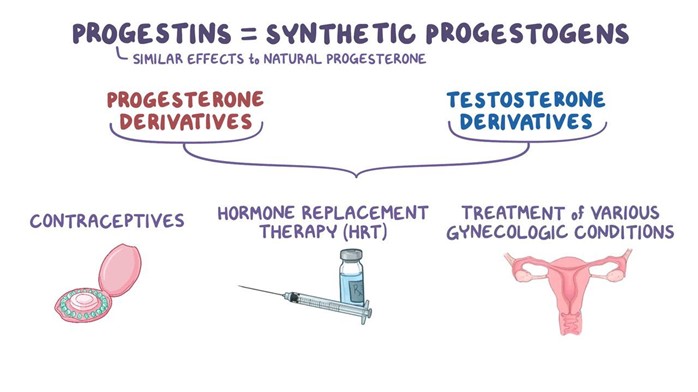A woman who has undergone a right-sided modified-radical mastectomy returns from surgery. Which nursing intervention would be most appropriate for the nurse to include in the client's plan of care at this time?
Encourage her to turn, cough, and deep breathe at frequent intervals.
Ask the client how she feels about having her breast removed.
Attach a sign above her bed to have BP, IV lines, and lab work on her right arm.
Position her right arm below heart level.
The Correct Answer is A
Choice A: Encourage her to turn, cough, and deep breathe at frequent intervals. This intervention is appropriate for the nurse to include in the client's plan of care at this time because it can help prevent respiratory complications such as atelectasis (collapse of lung tissue) or pneumonia after surgery. Turning, coughing, and deep breathing can help expand the lungs, clear the airways, and improve oxygenation.
Choice B: Ask the client how she feels about having her breast removed. This intervention is not appropriate for the nurse to include in the client's plan of care at this time because it may be too intrusive or insensitive. Asking the client how she feels about having her breast removed may trigger emotional distress or anxiety in the client who has just undergone a major surgery that affects her body image and self-esteem. The nurse should wait until the client is more stable and ready to talk about her feelings and concerns.
Choice C: Attach a sign above her bed to have BP, IV lines, and lab work in her right arm. This intervention is not appropriate for the nurse to include in the client's plan of care at this time because it is incorrect and potentially harmful. Attaching a sign above her bed to have BP, IV lines, and lab work in her right arm may cause injury or infection to the arm that has undergone surgery and lymph node removal. The nurse should attach a sign above her bed to have BP, IV lines, and lab work in her left arm instead.
Choice D: Position her right arm below heart level. This intervention is not appropriate for the nurse to include in the client's plan of care at this time because it is incorrect and potentially harmful. Positioning her right arm below heart level may impair the blood circulation and lymphatic drainage of the arm that has undergone surgery and lymph node removal. The nurse should position her right arm above heart level instead.
Nursing Test Bank
Naxlex Comprehensive Predictor Exams
Related Questions
Correct Answer is B
Explanation
Choice A reason: Antiestrogens are not a first-line treatment for endometriosis, as they can cause severe side effects such as bone loss, hot flashes, and vaginal dryness.
Choice B reason: Progestins are a first-line treatment for endometriosis, as they can suppress the growth of endometrial tissue and reduce pain and bleeding.
Choice C reason: Gonadotropin-releasing hormone analogues are a second-line treatment for endometriosis, as they can induce temporary menopause and cause bone loss, hot flashes, and mood changes.
Choice D reason: NSAIDs are not a treatment for endometriosis, as they can only provide symptomatic relief for pain and inflammation.

Correct Answer is C
Explanation
Choice A: Vaginal pH of 3 is not the correct answer because it is not a finding of bacterial vaginosis. Vaginal pH is a measure of how acidic or alkaline the vaginal environment is. A normal vaginal pH ranges from 3.8 to 4.5, which helps prevent infections by maintaining a balance of healthy bacteria (lactobacilli). Bacterial vaginosis can cause an increase in vaginal pH above 4.5, which allows harmful bacteria (anaerobes) to grow and cause symptoms.
Choice B: Cervical bleeding on contact is not the correct answer because it is not a finding of bacterial vaginosis. Cervical bleeding on contact is a sign of inflammation or injury to the cervix, which is the lower part of the uterus that connects to the vagina. It can be caused by various factors such as infection, trauma, or cancer. Bacterial vaginosis does not affect the cervix directly, but it can increase the risk of other infections or complications that may cause cervical bleeding.
Choice C: Fishy odor of discharge is the correct answer because it is a finding of bacterial vaginosis. The fishy odor of discharge is a characteristic symptom of bacterial vaginosis that occurs due to the breakdown of organic compounds (amines) by the anaerobic bacteria. The odor is usually more noticeable after sexual intercourse or during menstruation.
Choice D: Yellowish-green discharge is not the correct answer because it is not a finding of bacterial vaginosis. Yellowish-green discharge is a sign of infection or inflammation of the vagina or cervix, such as trichomoniasis, gonorrhea, or chlamydia. These infections can cause symptoms such as itching, burning, or pain in the genital area. Bacterial vaginosis usually causes a thin, gray-white, or milky discharge that does not cause irritation or discomfort.

Whether you are a student looking to ace your exams or a practicing nurse seeking to enhance your expertise , our nursing education contents will empower you with the confidence and competence to make a difference in the lives of patients and become a respected leader in the healthcare field.
Visit Naxlex, invest in your future and unlock endless possibilities with our unparalleled nursing education contents today
Report Wrong Answer on the Current Question
Do you disagree with the answer? If yes, what is your expected answer? Explain.
Kindly be descriptive with the issue you are facing.
